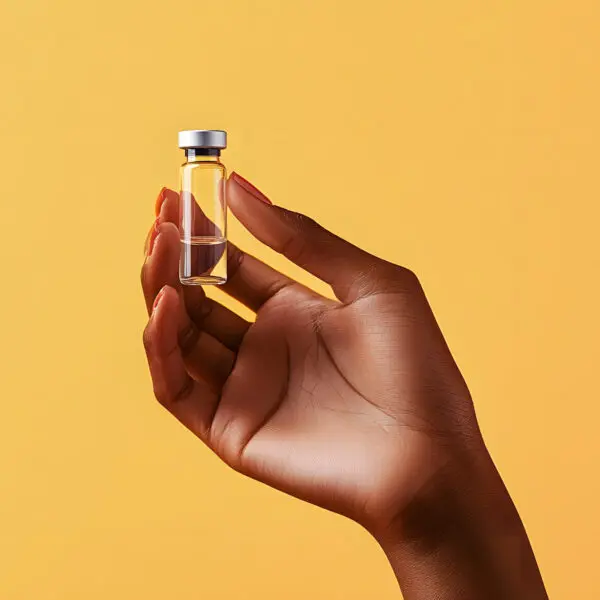Up until recently there haven’t been any quality methods that I trust to analyze the NAD+ levels found in the body. Fortunately, I have access to a number of brilliant scientists who are also very interested in anti-aging strategies. As a whole, this group has a very high regard for a company that is now offering testing for NAD+ levels called Jinfinity Precision Medicine.
I want to make a note here that I have a personal connection with this company, having met the CEO and chief scientist Dr. Jin-Xiong She.
In order to begin to understand why I believe this test is so important, let’s review why NAD+ levels are so important. In the simplest terms, NAD+ levels can determine one’s health and health span.
Besides aging, many factors can affect your NAD+ levels in the near term, such as disease, excessive stress, alcohol, jet-lag or sun exposure, insufficient sleep or lack of exercise.
What we need to be cognizant of when measuring NAD+ levels is the fact that we need to look at NAD+ on two different levels.
We have to look at the intracellular NAD+ levels versus the circulating NAD+ levels.
NAD+ is synthesized inside cells and a small portion of the NAD+ is found in the blood. At present, we are not sure what the function of the NAD+ in the blood is. To cover our bases, the NAD+ testing we perform will measure both intracellular and blood levels of NAD+.
While we are still studying what an optimal level of NAD+ is, we do know that its overall presence decreases significantly with age. Research indicates that a level in the range of 50-75uM is a good target.
One interesting fact about circulating NAD+ is that it is secreted by cells all over the body into the blood circulation and it is measured in plasma or serum samples. Although intracellular and circulating NAD+ do show good correlations in most people, major differences are observed in many people. It is therefore useful for us to test both intracellular and circulating NAD+ to gain a complete picture of your NAD status.
Now that we’ve gone over what the tests will measure, let’s run down a few common causes of low NAD+ efficiency.
1. Not Enough Building Blocks to Make NAD+
The body creates new NAD+ from dietary or supplementary sources of tryptophan or niacin. The body can also recycle consumed NAD+ using a salvage pathway. When cells don’t have enough building blocks, NAD production is limited. If this is the root cause of low NAD+, then providing the building blocks should raise your levels.
There are many products available to accomplish this, but it is important to test your NAD+ before and after trying these products to know their efficacy.
Some of these supplements are NMN (nicotinamide mononucleotide), NR (nicotinamide riboside), Nicotinamide + Ribose, and niacin, and they come in oral or intravenous forms. Everyone has a different metabolism and may require different supplements, doses, and consumption methods.
2. Not Enough Enzymes
You may have enough building blocks to produce NAD+, but if the enzymes that catalyze NAD+ production aren’t active or abundant, then you cannot convert your building blocks into NAD+.
3. Too much NAD+ consumption.
Enzymes like sirtuins and PARPs are essential for maintaining healthy cells. Sirtuins use NAD+ to regulate gene expression and how cells function. PARPs (poly-ADP ribose polymerase) aid in DNA repair.
As we age, we require more maintenance, which may increase sirtuin and PARP activities, thereby depleting NAD. CD38 is an enzyme that increases with inflammation, senescence, and age, and is thought to be a major cause of NAD+ depletion. CD38 may be inhibited with apigenin or quercetin supplements.
4. Daily Assaults on NAD+
Besides aging, many factors can affect your NAD+ levels in the near term, such as disease, excessive stress, alcohol, jet lag or sun exposure, insufficient sleep or exercise.
THE NAD+ TEST:
The NAD+ test is relatively simple. We collect a few drops of blood on a special test strip and then add a fixing buffer to stabilize the NAD+.
This is then placed in an envelope and sent to the lab.
Results are obtained in 7-10 days.
Click here to schedule your NAD+ optimization test or treatment.














